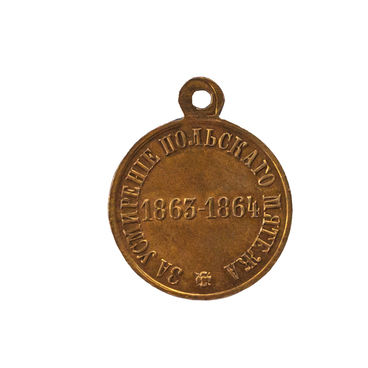In the old days, “zertsalo” was a triangular prism with a two-headed eagle on the top. The state decrees were located on the sides of this prism. It was obligatory to install it in public places in pre-revolutionary Russia.
In German, the word “Spiegel” means not only a mirror but also collections of laws, which, according to the idea of their compilers, were supposed to “mirror” the law, for example, the Saxon and Swabian mirror. By analogy with the German name, Peter the Great called the prism, in which texts of laws were placed, a “zertsalo” (The Russian word “zertsalo” is assonant with the Russian word “zerkalo” — a “mirror”).
Peter the Great’s “Decree on the Preservation of Civil Rights” contained detailed instructions about the “zertsalo”:
In German, the word “Spiegel” means not only a mirror but also collections of laws, which, according to the idea of their compilers, were supposed to “mirror” the law, for example, the Saxon and Swabian mirror. By analogy with the German name, Peter the Great called the prism, in which texts of laws were placed, a “zertsalo” (The Russian word “zertsalo” is assonant with the Russian word “zerkalo” — a “mirror”).
Peter the Great’s “Decree on the Preservation of Civil Rights” contained detailed instructions about the “zertsalo”:



